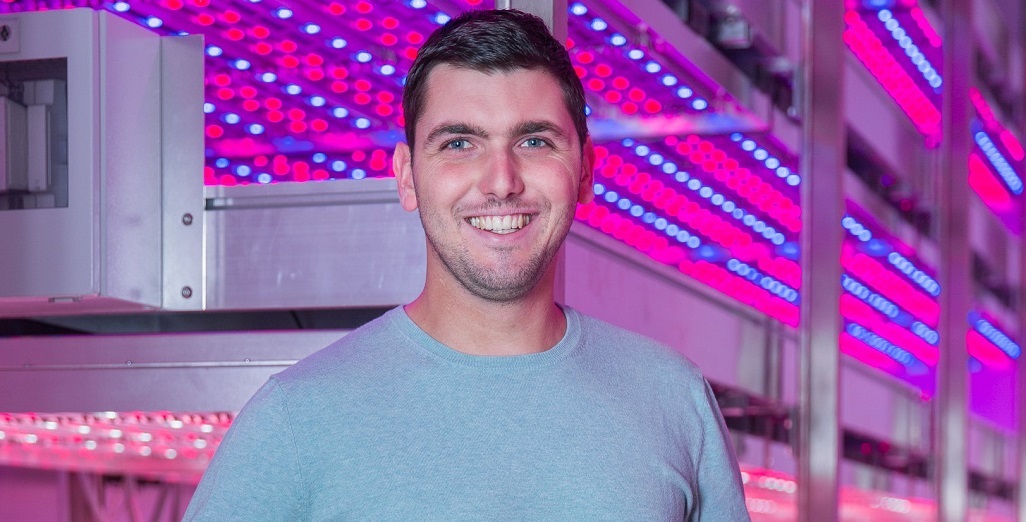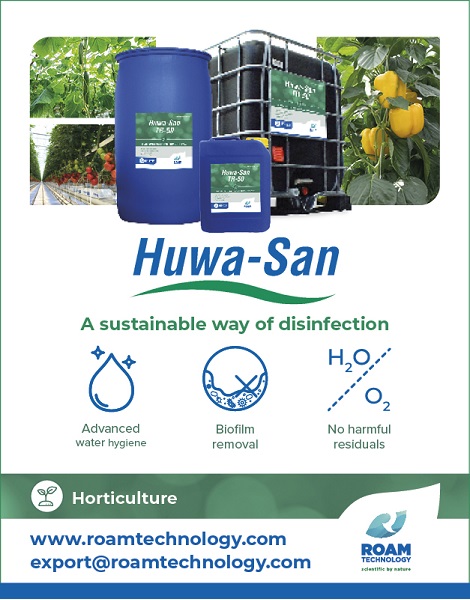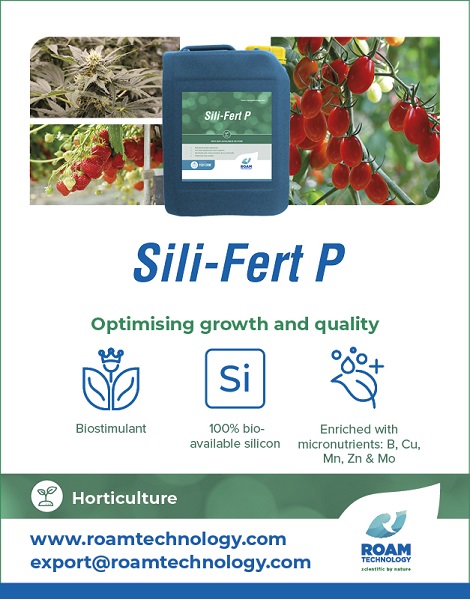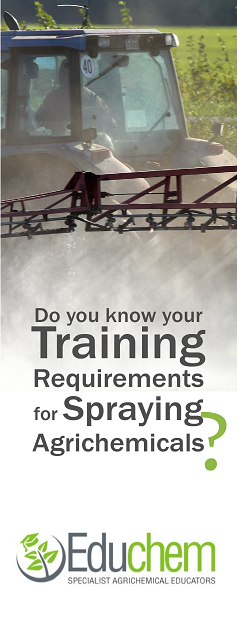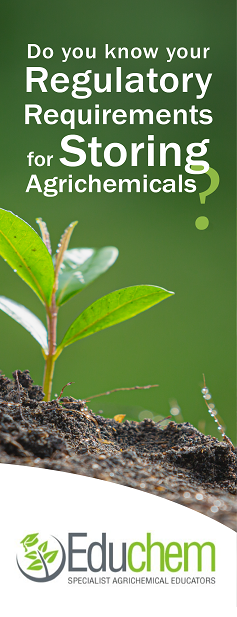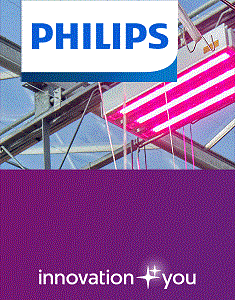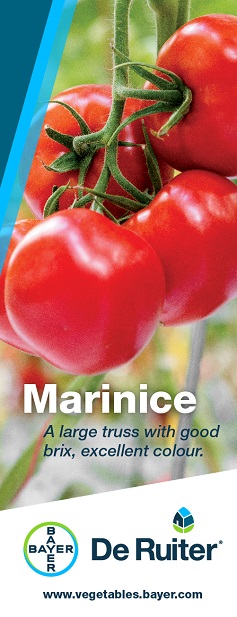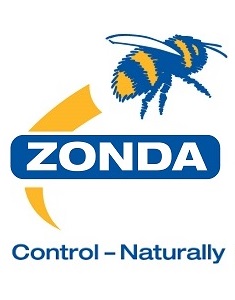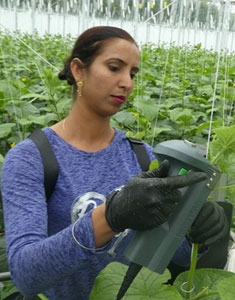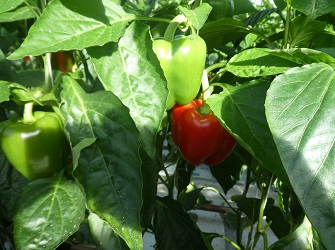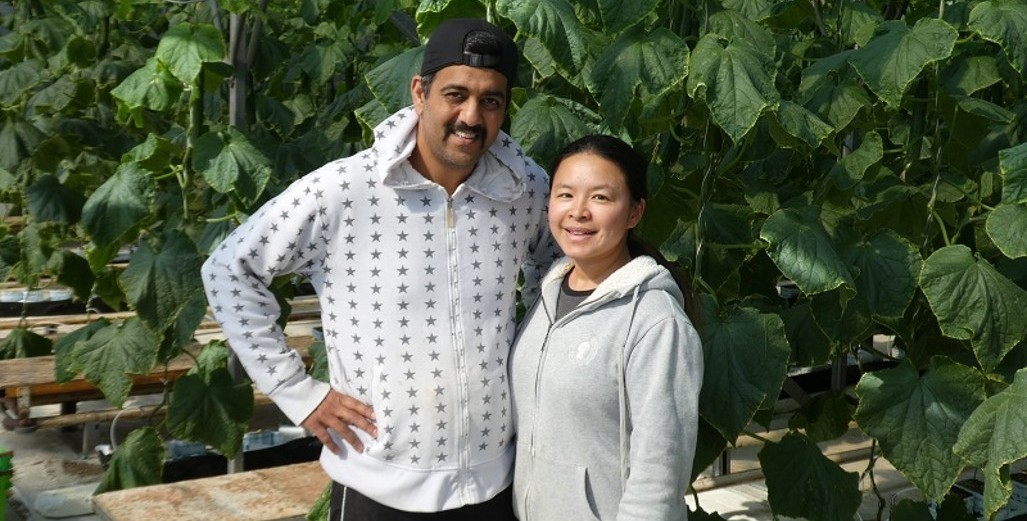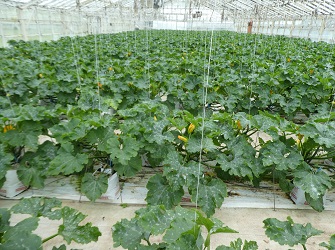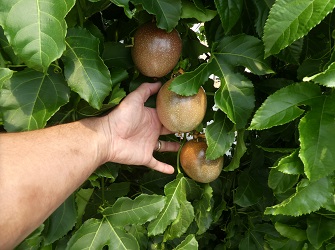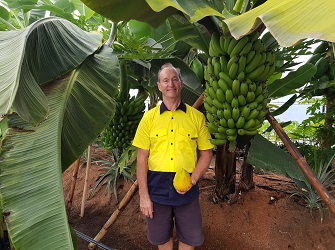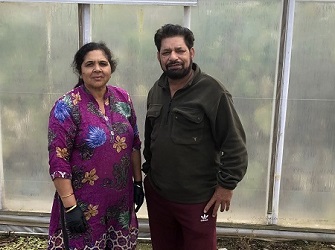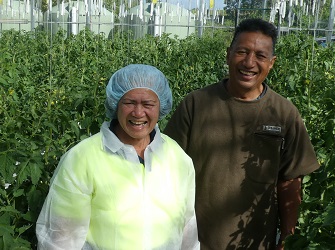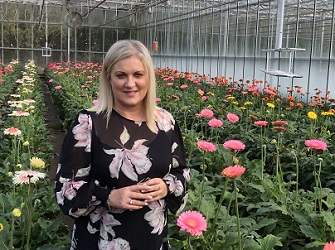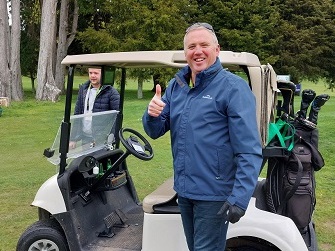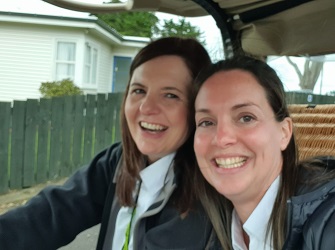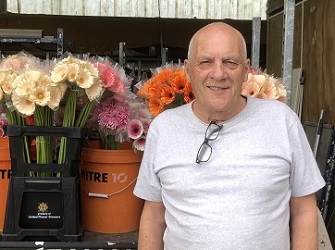Sign up here to subscribe to the Grower2grower Ezine. Every two weeks you will receive new articles, specific to the protected cropping industry, informing you of industry news and events straight to your inbox.

Research by Philips Horticulture LED Solutions, WUR, and Nunhems shows that long-term exposure of far-red light in tomatoes can produce additional yields
- Adding far-red light during the entire photoperiod alongside the standard PAR light resulted in additional yield
- One of the tomato varieties increased the yield to 16%
Eindhoven, the Netherlands – Signify (Euronext: LIGHT), the world leader in lighting, together with Wageningen University & Research and Nunhems conducted research that shows that the use of far-red light can produce an additional yield of almost one fifth in tomatoes, depending on the variety. The far-red light needs to be added during the entire photoperiod alongside the standard PAR light.
Growers want to get as much as possible out of their LED lights. That’s why Philips Horticulture LED Solutions, in close collaboration with its partners, is conducting ongoing research into the optimal light recipes and photoperiod (lighting duration) for different crops. This has recently resulted in new insights for tomato cultivation.
It is well-known that the different colors within a light spectrum can have an effect on the development of plants. In fact, crops may react differently to the various colors of light at different times of day. Therefore, this study sought to find the most appropriate time for the application of far-red light. They found that far-red was by far most effective when added throughout the entire photoperiod.
While the outcome confirms the oportunities that far-red light presents , it is not a clear and straightforward equation. “We now have more insight into the impact of far-red light during different periods of the day. The next step is to focus on the ratio between far-red and PAR light to find the ideal balance between growing optimization and energy efficiency.” says Plant Specialist Erik Stappers of Philips Horticulture LED Solutions.
16 percent additional yield
The best result was a 16% increase in yield, however, major differences between varieties make the outcome uncertain for growers. The 20-week study shows that all far-red treatments give more sink strength, which means that more sugars flow to the fruits. However, this only led to a significant increase in harvest if the far-red was dosed during the entire photoperiod — in this case 16 hours a day.
The research partners, Philips Horticulture LED Solutions, Wageningen University & Research and Nunhems, conclude from this that the plant is not more sensitive to this light in the morning or in the afternoon. Far-red light requires more energy than PAR light, which means that the long duration that far-red has to be added leads to higherer energy consumption.
Ratio between PAR and far-red
The question now is the level at which the use of far-red becomes advantageous in relation to the extra energy consumption. If a relatively low percentage of far-red light produces additional yield, then the researchers expect it may become appealing. “We continue to tweak it to find the ideal light recipe for tomatoes. Besides additional yield in kilos, higher quality and better taste may also come into play in the future,” says Elena Jiménez, Plant Pathology researcher at Wageningen University.
Philips Horticulture LED Solutions, Nunhems and Wageningen University & Research have been working together for about seven years to research the ideal light recipe for tomatoes. Various light recipes are being tested in relation to energy consumption, light spectrum, additional yield and uniformity.

For further information, please contact:
Philips horticulture LED solutions by Signify
Daniela Damoiseaux – global marcom manager
Tel: +316 40578311
E-mail:Daniela.damoiseaux@signify.com
About Signify
Signify (Euronext: LIGHT) is the world leader in lighting for professionals and consumers and lighting for the Internet of Things. Our Philips products, Interact connected lighting systems and data-enabled services, deliver business value and transform life in homes, buildings and public spaces. In 2021, we had sales of EUR 6.9 billion, approximately 37,000 employees and a presence in over 70 countries. We unlock the extraordinary potential of light for brighter lives and a better world. We achieved carbon neutrality in 2020, have been in the Dow Jones Sustainability World Index since our IPO for six consecutive years and were named Industry Leader in 2017, 2018 and 2019. News from Signify is located at the Newsroom, Twitter, LinkedIn and Instagram. Information for investors can be found on the Investor Relations page.
New Zealand Contact:
Graeme Neale
Business Development Manager
Specification, Systems and LED Agriculture Solutions
Mobile + 64 21 2254526
Email graeme.neale@signify.com
Level 3, 123 Carlton Gore Road,
Newmarket, Auckland 1023

Australian Contact:
Aart Slobbe
Account Manager Horticulture LED Solutions
+ 61 448 881 338
Email aart.slobbe@signify.com
Suite 022, 44 Lakeview Drive
Scoresby, VIC 3179, Australia

About Signify
Signify (Euronext: LIGHT) is the world leader in lighting for professionals and consumers and lighting for the Internet of Things. Our Philips products, Interact connected lighting systems and data-enabled services, deliver business value and transform life in homes, buildings and public spaces. With 2020 sales of EUR 6.5 billion, we have approximately 38,000 employees and are present in over 70 countries. We unlock the extraordinary potential of light with smart lighting solutions that improve quality of life, and by working towards a sustainable future. We became a carbon-neutral company in 2020, since our stock market listing, we have been in the Dow Jones Sustainability World Index for four years in a row and were named Industry Leader in 2017, 2018 and 2019. News from Signify is located at the Newsroom, Twitter, LinkedIn and Instagram. Information for investors can be found on the Investor Relations page.
For all media releases please send to marie@grower2grower.co.nz or upload directly: https://www.grower2grower.co.nz/article-form/
CLASSIFIED
Photo
Gallery
Subscribe to our E-Zine
More
From This Category
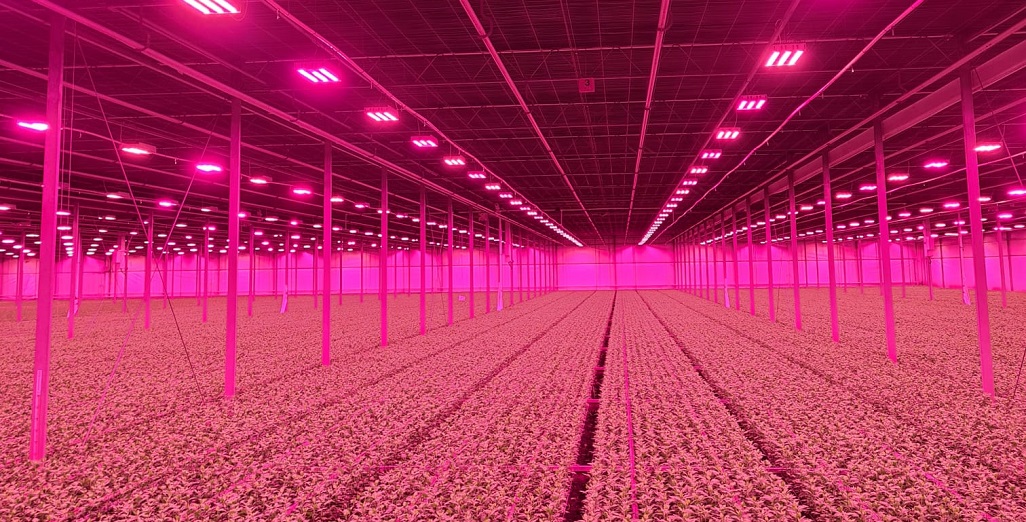
Integration of Philips GrowWise control system with climate computer allows Huisman Chrysanten to light more effectively and efficiently
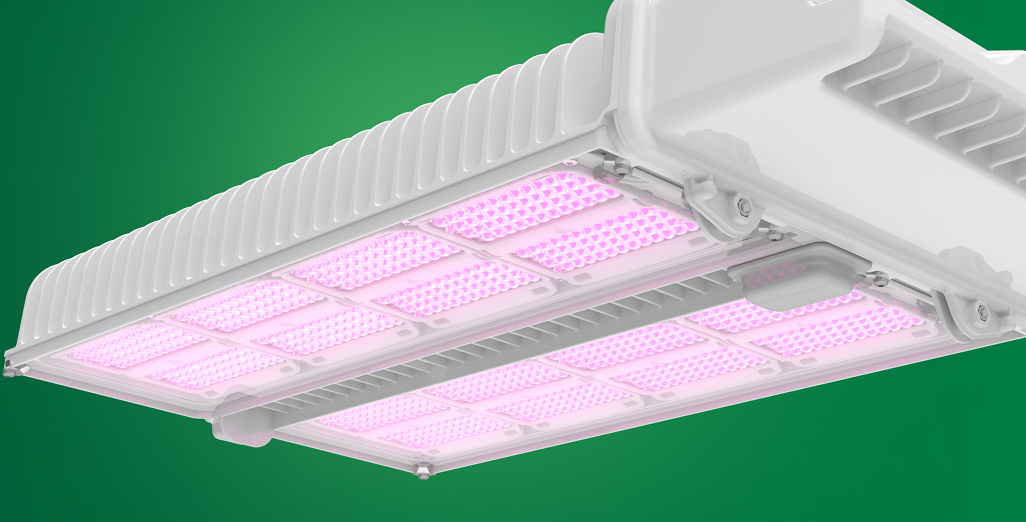
New Philips GreenPower LED toplighting force 2.0
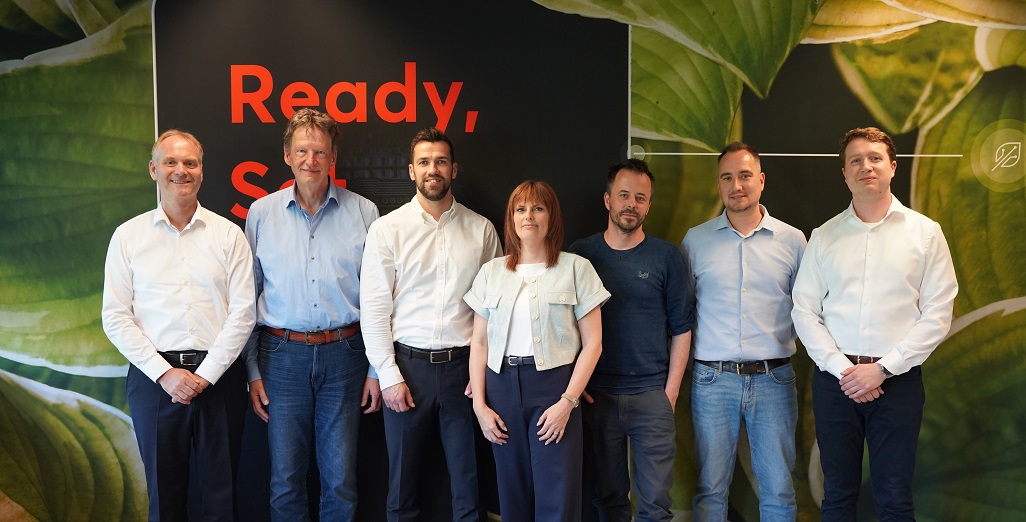
Philips GrowWise Research Center to test and showcase intelligent lighting
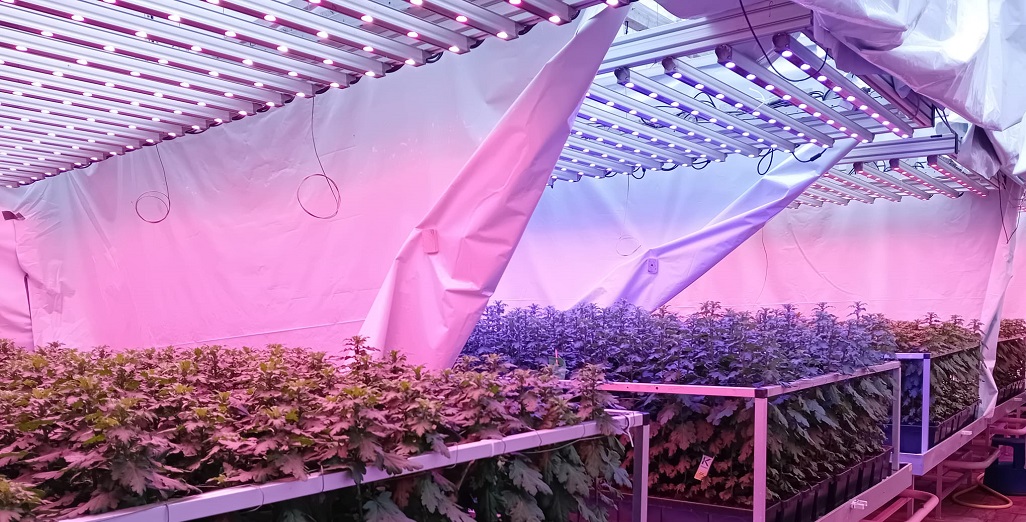
Can you grow cut chrysanthemums using only red light?
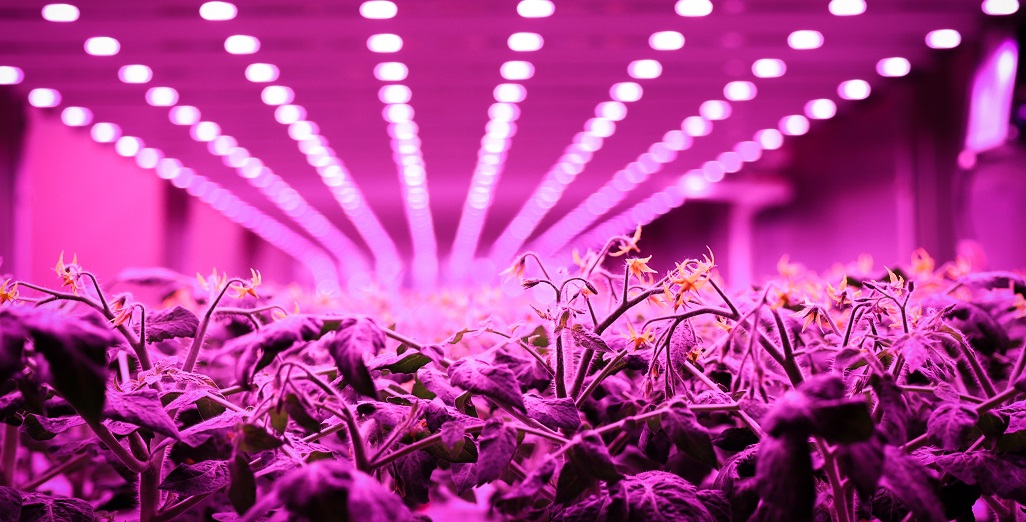
Signify foresees a bright future for vertical farming, driven by automation and diversification.
